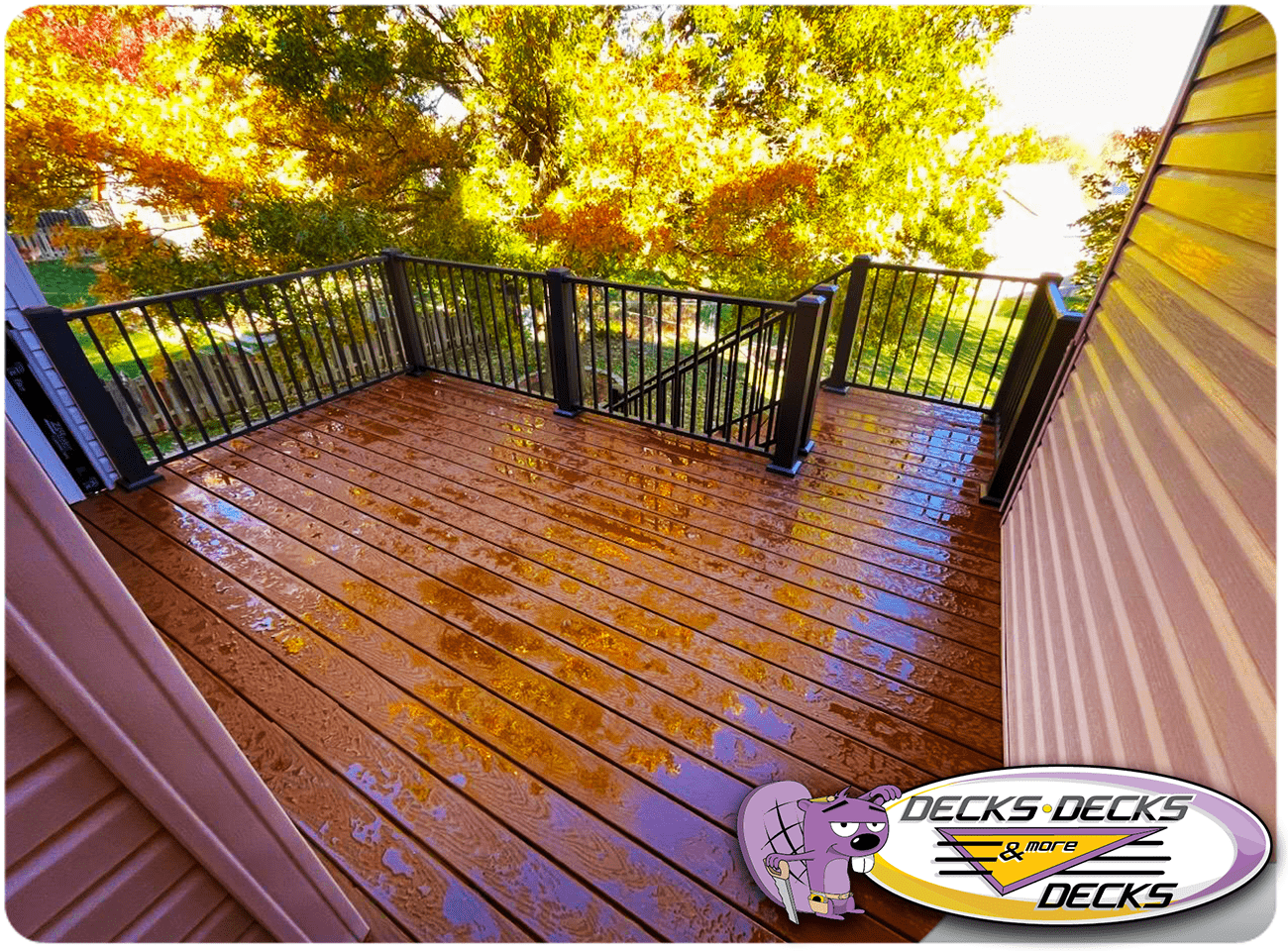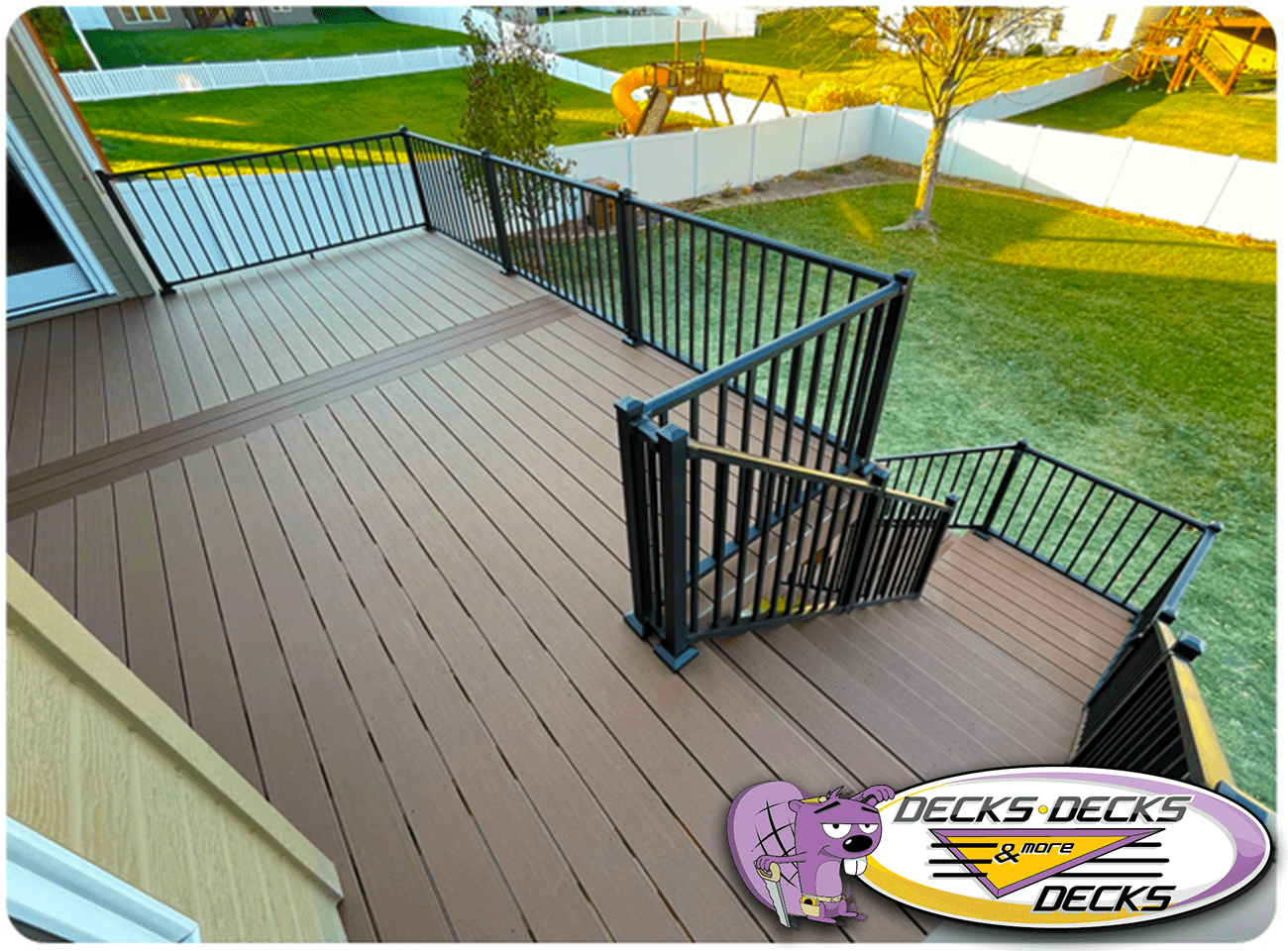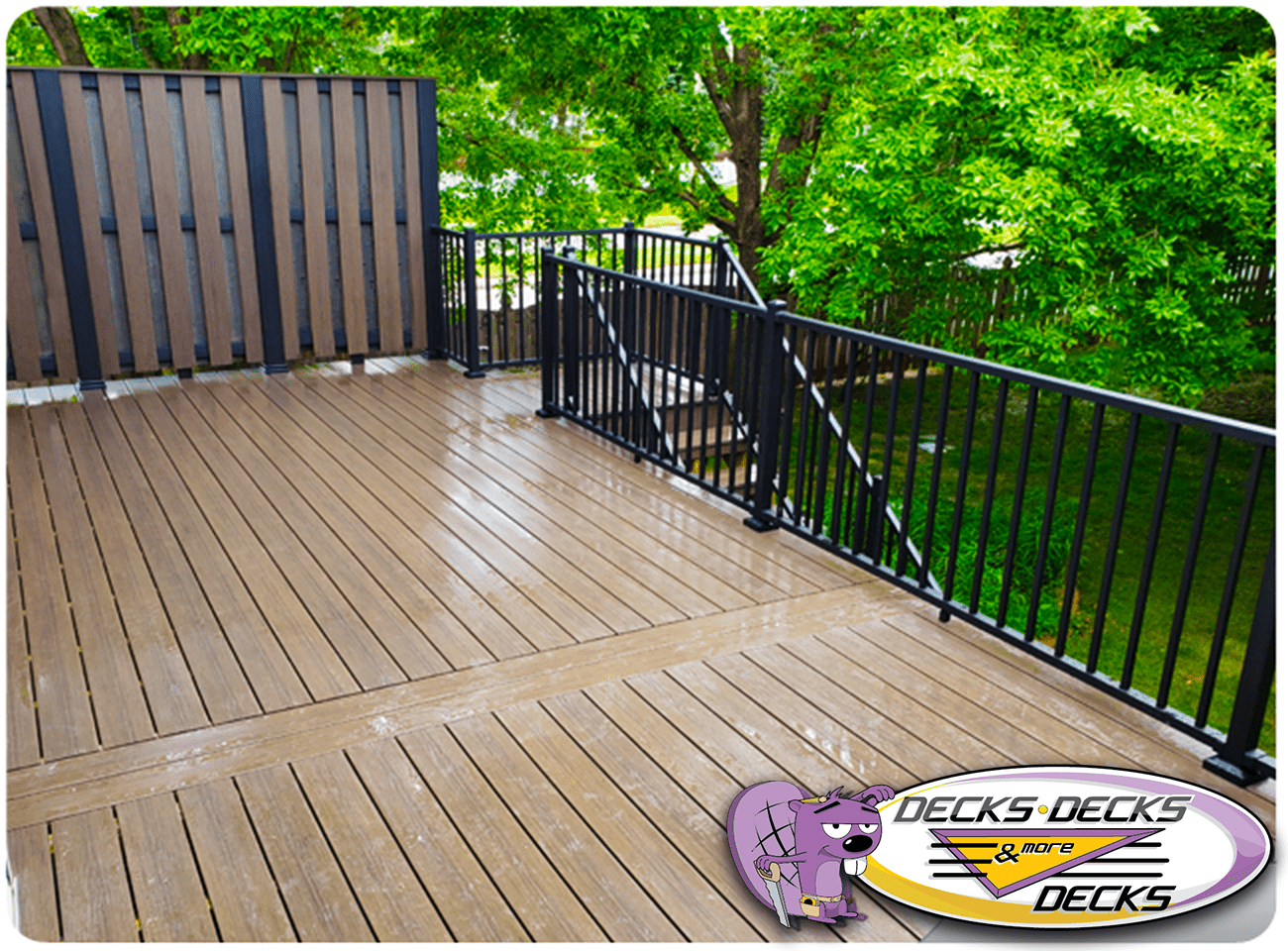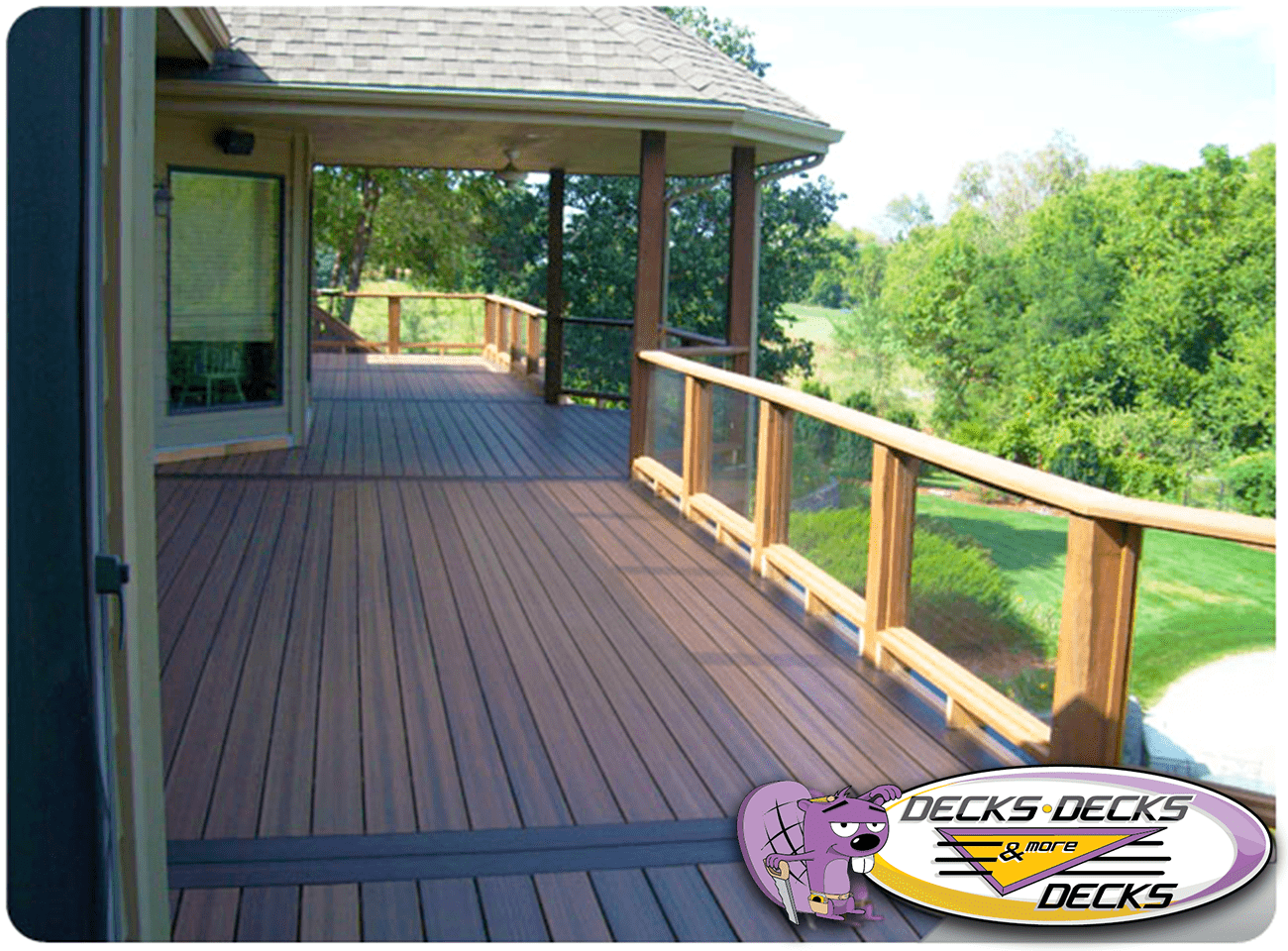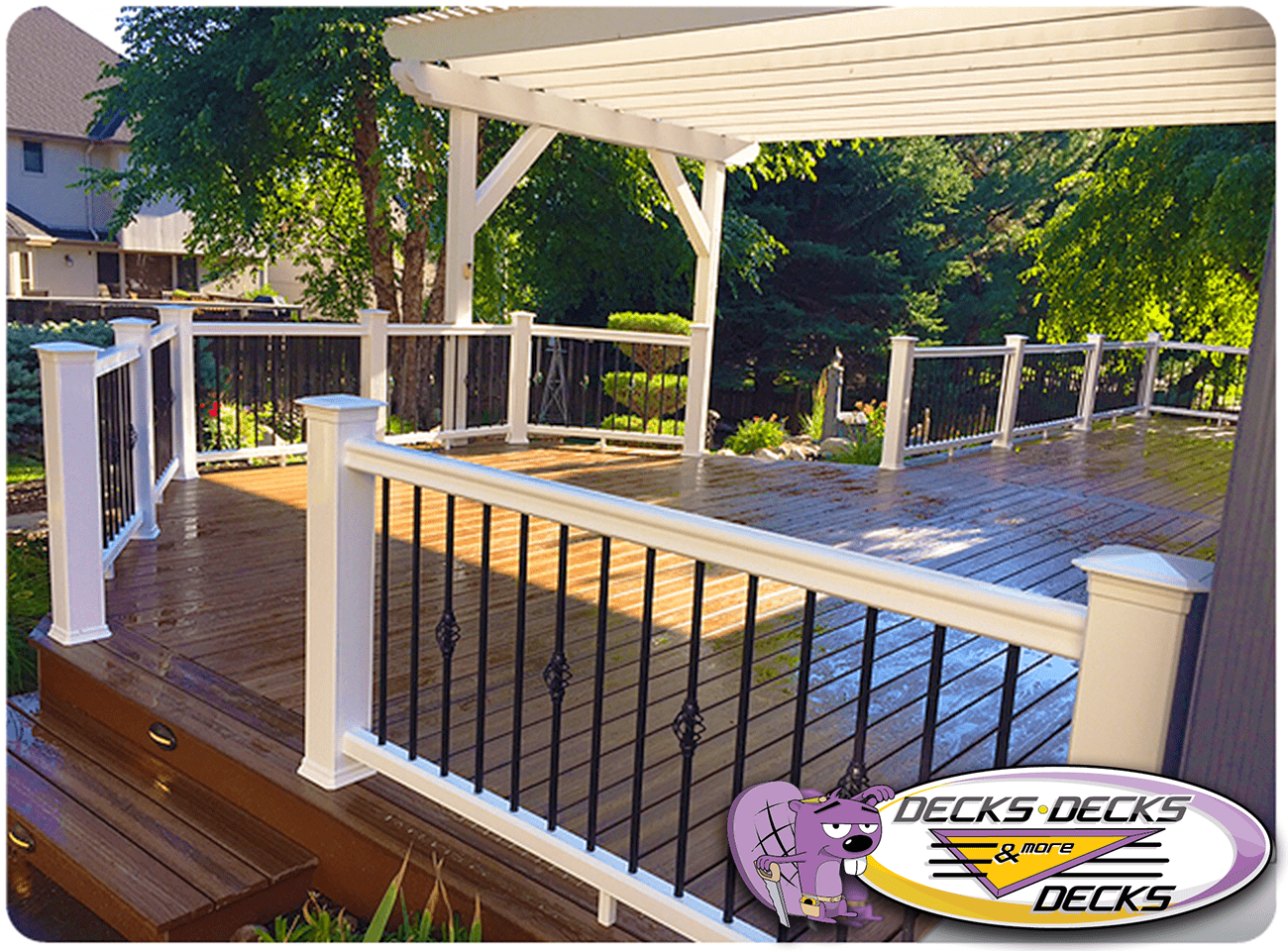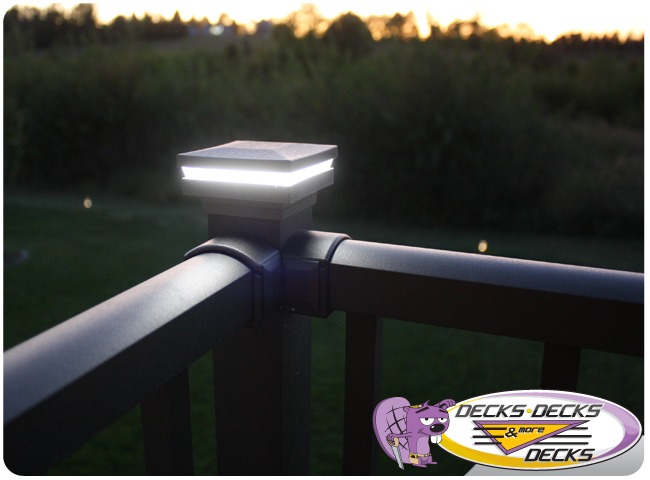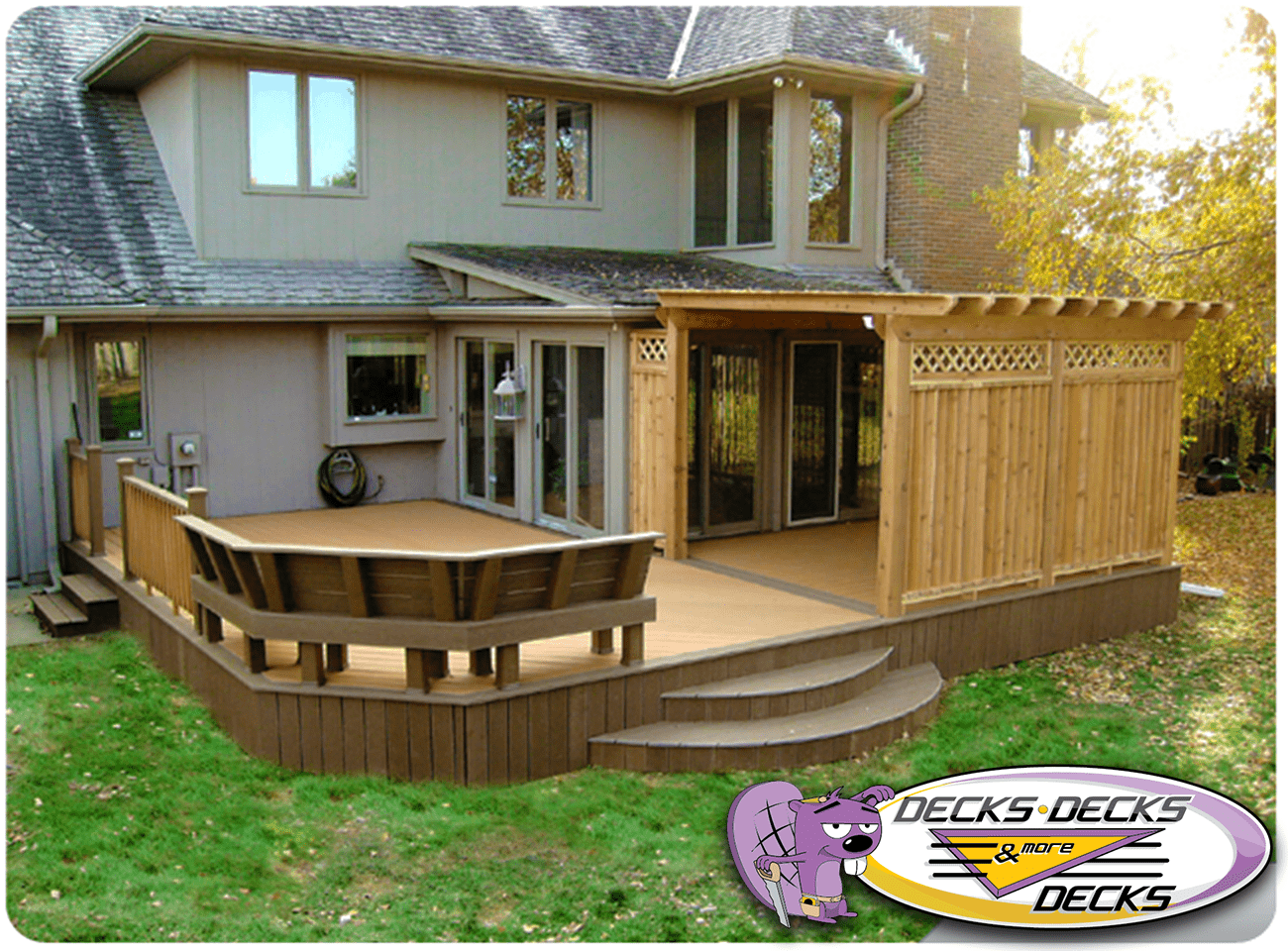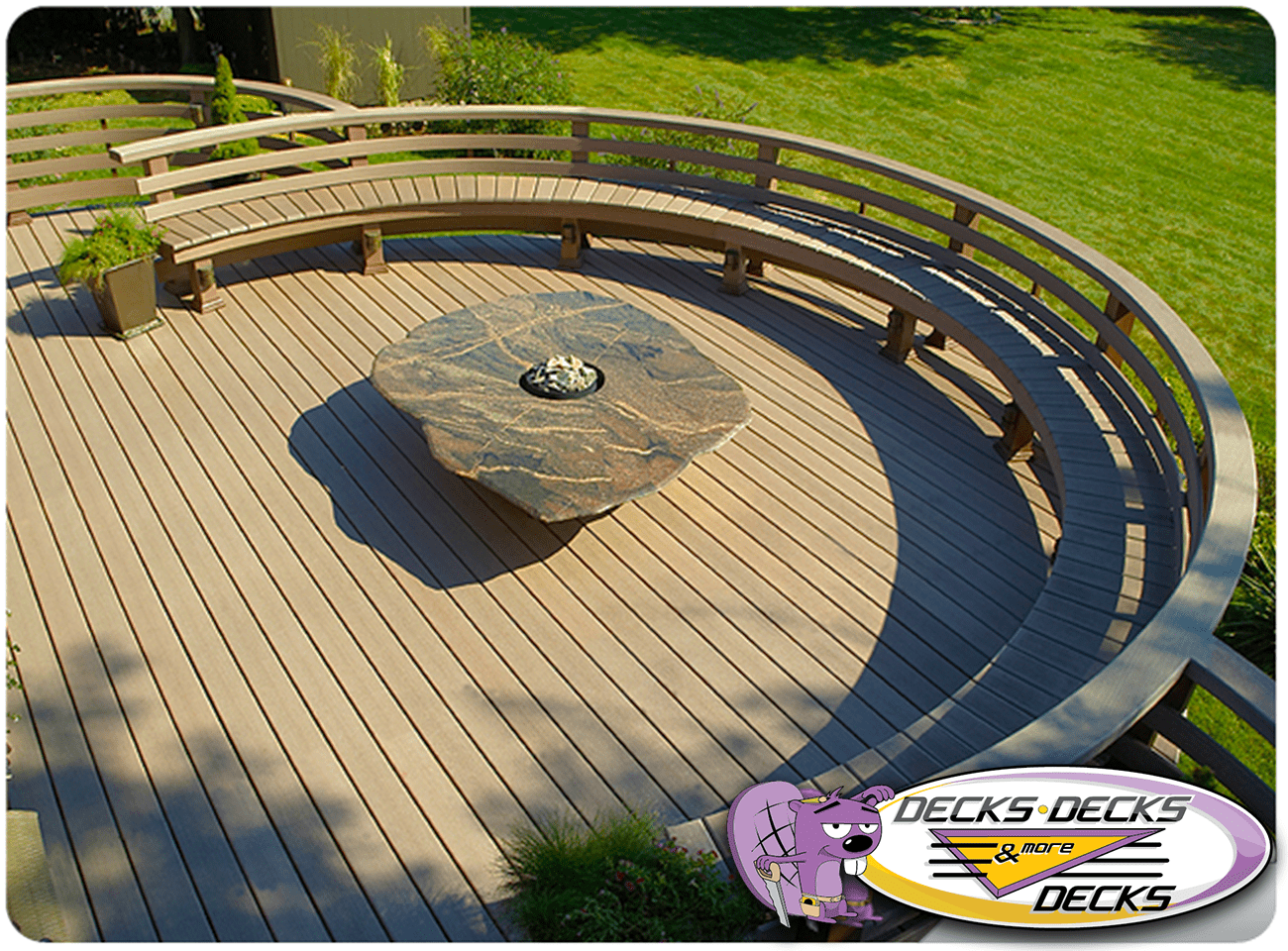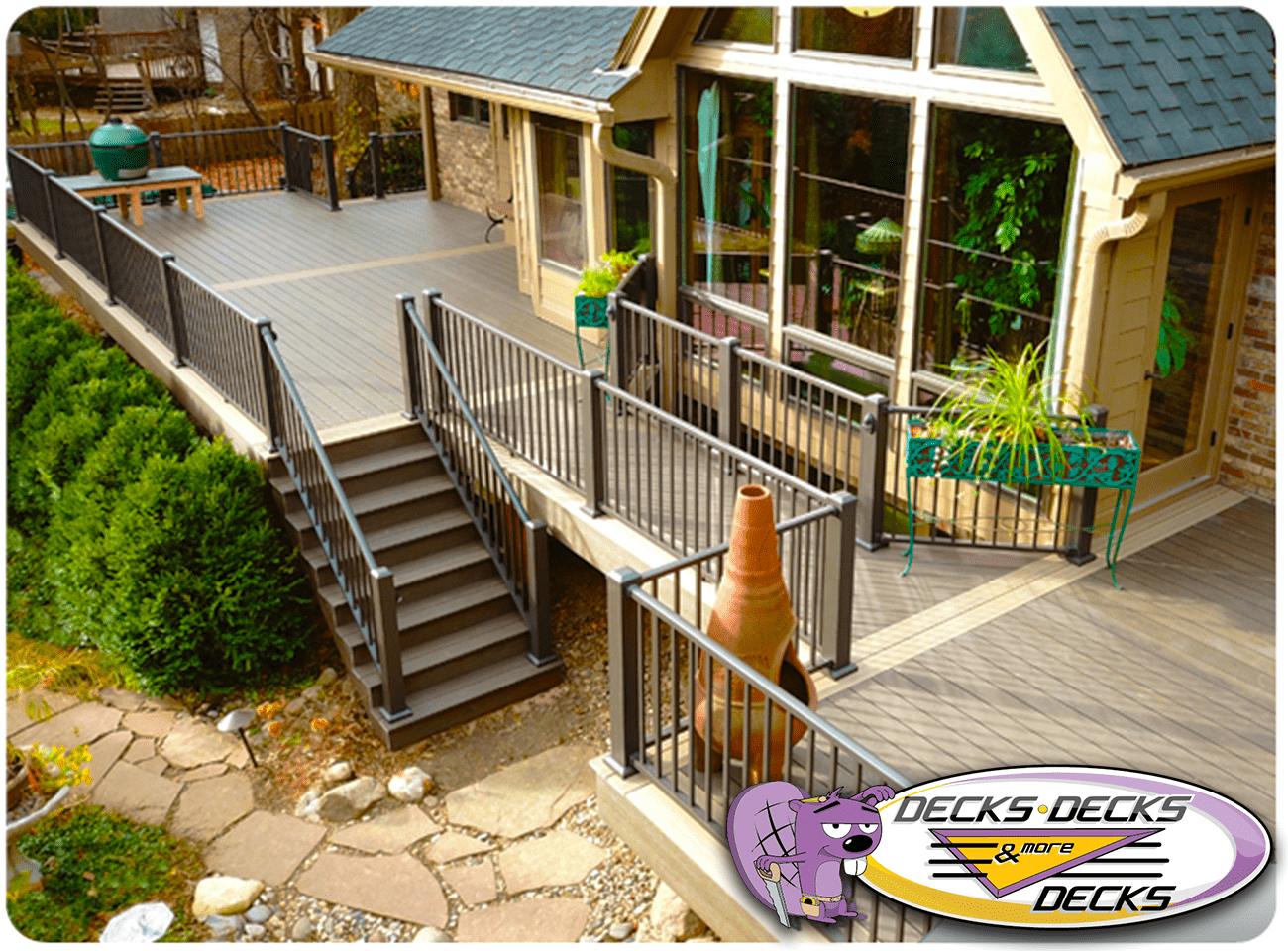Expert Deck Building Services in Omaha – Decks, Decks, and More Decks
When it comes to transforming your backyard into the ultimate hangout spot, nothing beats a beautifully built deck. At Decks, Decks, and More Decks, we’ve been serving the Omaha area for over 40 years, helping families create custom outdoor spaces that are built to last. Whether you’re looking for a cozy spot to relax after work, a large entertainment space for gatherings, or a durable composite deck that requires minimal maintenance, we’ve got you covered.
Why Omaha Homeowners Choose Us
Building a deck isn’t just about wood, nails, and screws—it’s about trust, experience, and craftsmanship. That’s why Omaha homeowners have turned to Decks, Decks, and More Decks for decades. Here’s what sets us apart:
-
Local Expertise – We understand Nebraska’s unique climate and build decks designed to handle everything from blazing summers to icy winters.
-
Custom Designs – No two homes are the same, so why should your deck be? We create decks that match your home’s style, your needs, and your budget.
-
Proven Reputation – With thousands of successful projects in Omaha and surrounding communities, our name speaks for itself.
-
Quality Materials – From natural cedar to high-performance composite decking, we use only materials that stand the test of time.
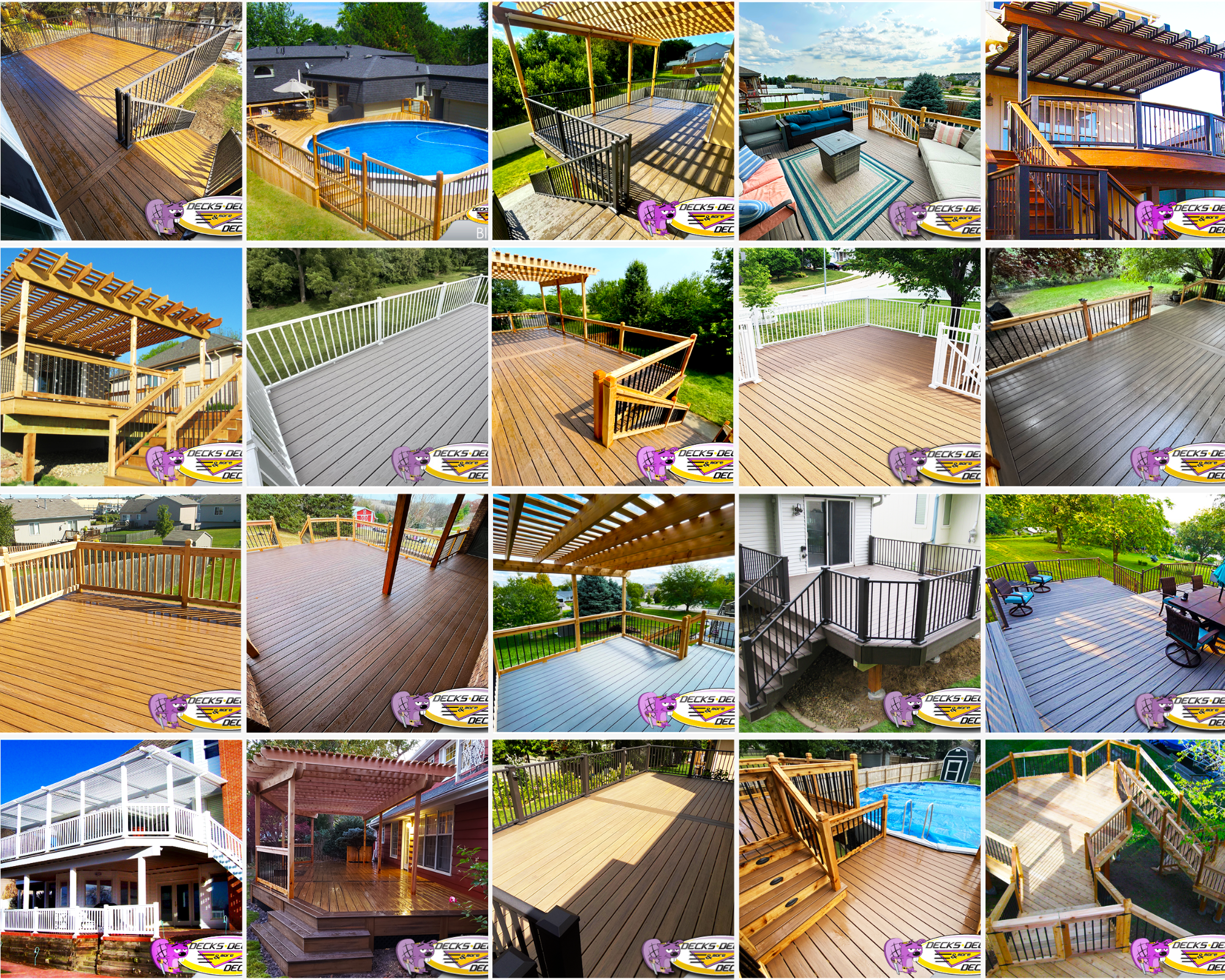
Deck Options We Offer
At Decks, Decks, and More Decks, you’re not limited to a “one-size-fits-all” approach. We build:
-
Traditional Wood Decks – Perfect for a warm, natural look with endless customization.
-
Composite Decks – Low-maintenance and long-lasting, with the added benefit of modern style.
-
Multi-Level Decks – Maximize space and add a wow factor to your backyard.
-
Custom Railings, Lighting & Add-Ons – Turn your deck into a complete outdoor living experience.
Serving Omaha and Beyond
We’re proud to call Omaha home and extend our services throughout the metro area, including Bellevue, Papillion, La Vista, Ralston, Gretna, Elkhorn, and beyond. No matter where you live, our team is dedicated to delivering the same quality, craftsmanship, and customer service that Omaha has trusted for generations.
Ready to Build Your Dream Deck?
Your backyard has unlimited potential—let us help you unlock it. From design to construction, Decks, Decks, and More Decks is here to make the process simple, stress-free, and rewarding.
Call us today at 402-690-1050 or visit DecksDecks.com to schedule your consultation.


